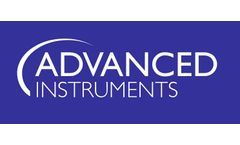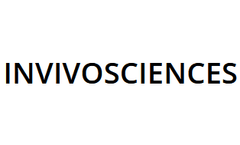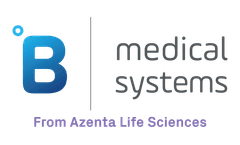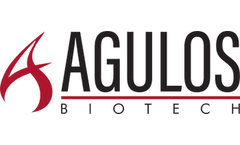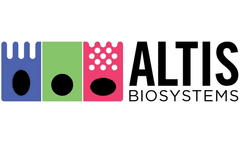Stem Cell Ipsc Articles & Analysis
8 articles found
Induced pluripotent stem cells (iPSCs) have revolutionized the field of regenerative medicine and cellular biology. ...
The process of iPSC differentiation to neurons and neuronal cells is of special importance for neurobiology and related disorders, considering the dearth of clinically relevant in vitro models available for research, drug screening and development, as well as the lack of therapy to reverse neuronal damage. Benefits and advantages of iPSC ...
Pluripotent stem cells — cells with the ability to differentiate into nearly any cell type in the body, constituting a significant potential for regenerative medicine. Among these, induced Pluripotent Stem Cells (iPSCs), in particular, have garnered substantial interest ...
MatriClone is an exciting opportunity for customers looking to accelerate their cell therapy workflows and deliver new treatments to market. For those who are not familiar with the matrix, it is comprised of truncated recombinant Laminin-511 protein and is designed to support the health and pluripotency of induced pluripotent stem cells ...
Precision Medicine Focus Human induced pluripotent stem cell (iPSC) technology is critical within precision medicine because it generates a disease model in a dish. The iPSC’s capacity to yield large numbers of pluripotent cells able to differentiate into almost any somatic cell type is ...
Many cell and gene therapy solutions have shown considerable promise as a source of possible treatments for a wide range of chronic disorders. However, these sophisticated therapies introduce additional barriers such as the requirements for ultra-low and cryogenic storage, which affect numerous steps of the biomedical solutions’ life cycles, from their development to their administration. ...
In the group of startups focusing on enabling technologies the biggest subcategory is Cell Culture Media, where 2019 showed a real increase with a whole of eight new startups. ...
In the past, experts may have balked at the cost and difficulty of using primary human tissue: its limited viability; its need for multiple donors and the inconsistency this can bring; and its poor proliferative capacity. However, with new stem cell technologies, it is now possible to use primary human stem cells and induced ...


